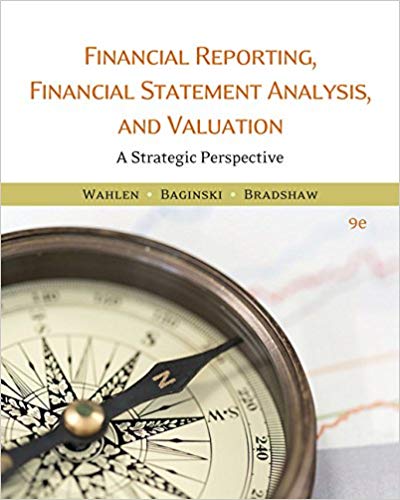Suppose that Cargill, a large private company, is planning to plan for an IPO. The company currently
Question:
Suppose that Cargill, a large private company, is planning to plan for an IPO. The company currently has 35 million shares outstanding, and with the help of its lead underwriter, Goldman Sachs, Cargill has decided to issue 30 million shares priced at $54 each. The capital raised by the IPO will fund NPV = 0 projects. Assuming that the true value, on a per-share basis, for the company's existing pre-IPO shares is $64, what will be the company's share price after the IPO? [Please express your answer in $ out to two decimal places]
As part of its IPO, TrueValue Inc. issued 7 million shares priced at $48 each, and by the end of the first day after being public, its price had jumped to $67. Assuming that the true value, on a per-share basis, for the company's existing pre-IPO shares was $61, how much money was "left on-the-table" as part of the IPO? [Your answer must be given in millions $]
Prior to its IPO, DeSanto, Inc. had 26 million shares outstanding that were held by 200 different investors, and each of these pre-IPO shares were worth $25. For its IPO, however, DeSanto priced the shares at $12 each, and after the IPO, the company's shares were trading in markets at a price of $18. Assuming the capital raised by the IPO funded NPV = 0 projects, what price should DeSanto have set for the IPO if it wanted to avoid underpricing its shares? [Your answer should be in $

Financial Reporting Financial Statement Analysis and Valuation a strategic perspective
ISBN: 978-1337614689
9th edition
Authors: James M. Wahlen, Stephen P. Baginski, Mark Bradshaw




